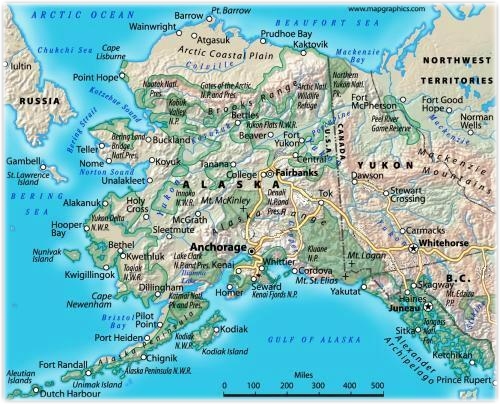An adult with laboratory-confirmed mumps has been identified in Anchorage, according to the State of Alaska DHSS, Division of Public Health. No recent travel was reported. The patient reported a relative who was visiting from abroad last month might have been the source of infection. The patient is known to have received one dose of mumps vaccine.

This is the second mumps case reported in Alaska this year.
Mumps is an acute viral infection. Transmission occurs from person to person through coughing, sneezing, or talking; by sharing items such as cups or utensils with others; or by touching objects or surfaces freshly soiled by infected respiratory secretions.
Symptoms typically begin with body aches, loss of appetite, fatigue, headache, and low grade fever, and may progress to parotitis (swollen parotid salivary gland/s). Parotitis can occur on one or both sides, or not be present at all. Earache on the side of parotitis and discomfort with eating acidic foods are common. Most persons with mumps will recover completely though serious complications can occur.
Complications include orchitis (testicular inflammation in males), oorphritis (ovarian inflammation in females), aseptic meningitis (inflammation of the lining of the brain), and rarely encephalitis (inflammation of the brain), pancreatitis, deafness, and death.
Symptoms usually appear 16-18 days after being infected with the mumps virus, but can range from 12- 25 days after being infected. Persons with mumps are considered contagious two days before through five days after parotitis onset. If parotitis is not present, persons are considered contagious for eight days following onset of first symptoms.
Through May 6, 2,884 mumps cases have been reported to the Centers for Disease Control and Prevention (CDC) this year.
Related:
- Melanoma: An interview with dermatologist, Dr Seth Forman
- Powassan virus: A discussion with Durland Fish, PhD
- Compulsory vaccinations coming to Italy’s schools?
- Rabies: Virginia reports case in traveler to India
- Measles in Crow Wing County and the cost of the outbreak
- California: San Luis Obispo County reports ‘significant increase’ of Valley fever


One thought on “Alaska: Mumps case confirmed in Anchorage”